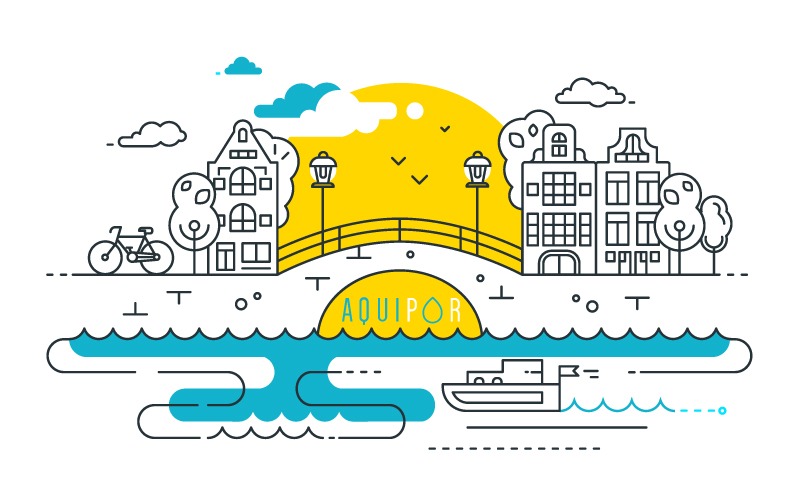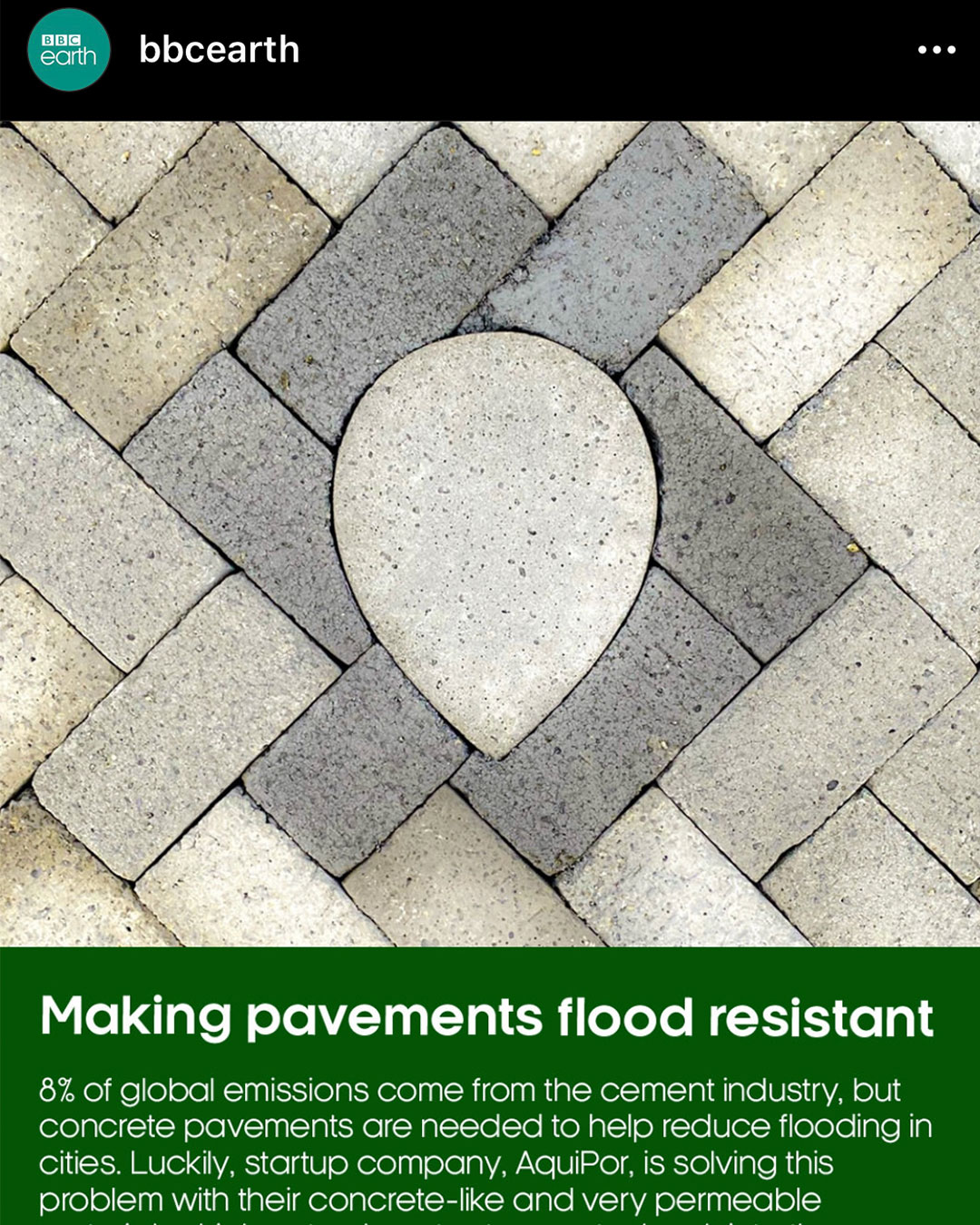Fly-ash is a hazardous environmental byproduct from coal-fired electric power generation and industrial boilers.
For decades, utilities have disposed of coal ash dangerously, dumping it in unlined ponds and landfills where the toxins leak into groundwater. Some estimates state there are over 3 billion tons of legacy and “fresh” fly-ash waste in the U.S. alone. Many landfills and collection ponds are near large cities.

According to industry’s own data, 94% of the coal ash ponds in the United States are unlined. Unlined ponds are contaminating groundwater with toxins above levels that the U.S. Environmental Protection Agency deems safe for drinking water.
Legal and technical experts from Earthjustice, the Environmental Integrity Project, and partner organizations located and analyzed the data disclosures from utilities that report groundwater monitoring data and found that 91% of these plants are contaminating groundwater with toxic substances at levels exceeding federal safe standards.
AquiPor’s permeable concrete can be used to sequester various harmful industrial waste by combining these materials with our catalytic binder. One such waste material we have been successfully testing in our mix designs is fly ash.
There are environmental and economic advantages to recycling this waste back into our concrete, but in addition to that, it creates some emerging properties that are very compelling for our permeable technology.
How about that...taking care of industrial waste that is contaminating groundwater and putting it into new, useful permeable material that can help improve groundwater and freshwater in our cities?!
If you’ve been following AquiPor for even a short amount of time, you know that we are developing a new type of permeable concrete that would help alleviate stormwater pollution in cities, and we’re really excited about that. It’s not every day you invent a technology that could not only make life better for people in cities but can also directly help make our communities more resilient to the impacts of climate change.
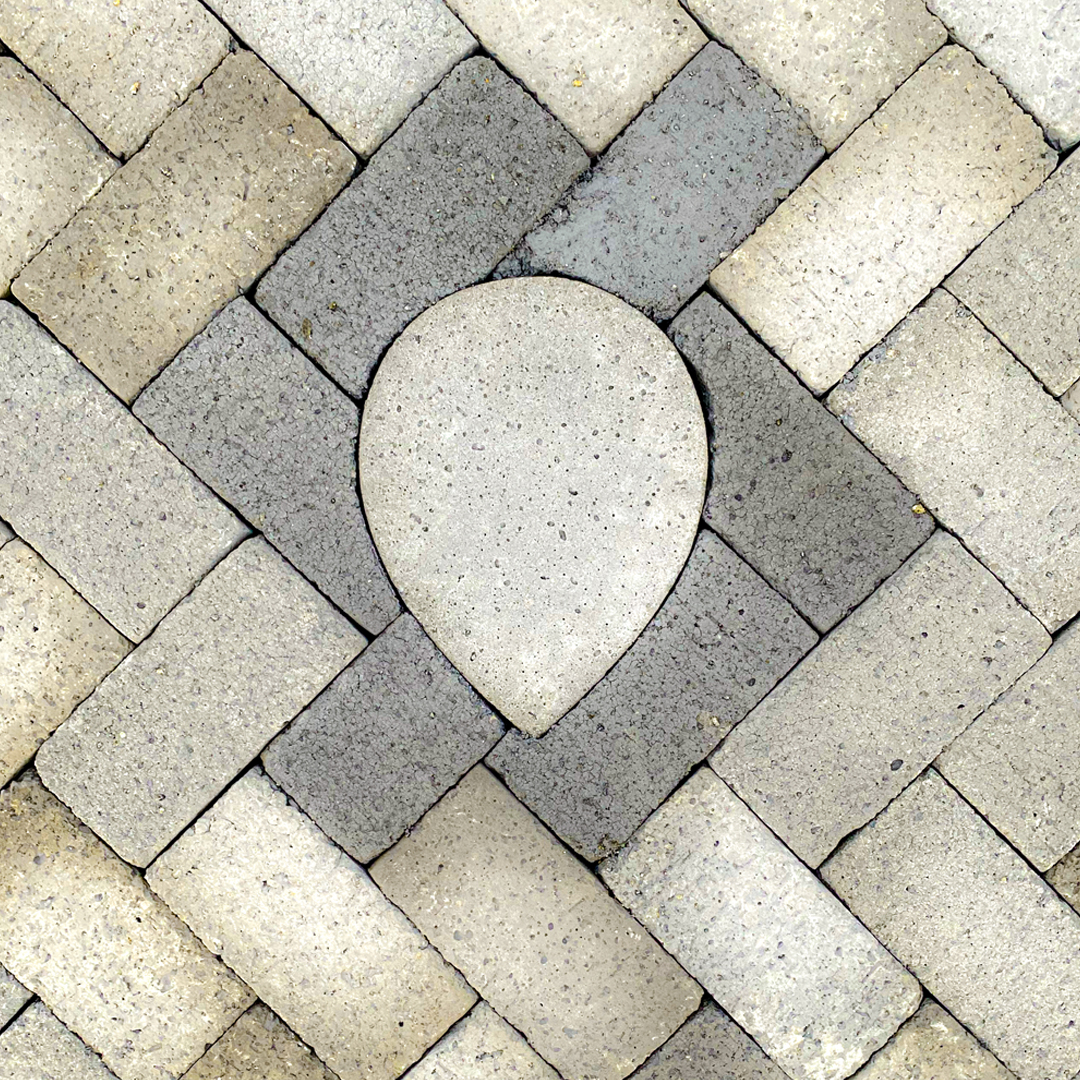
In short, our permeable concrete can help ease the pressure on already overused sewage systems and reduce pollution in the environment by providing a better way to handle rainwater and snow runoff. Instead of allowing polluted stormwater to run off of paved surfaces and into storm drains, our permeable pavers will allow this water to flow down through the material and into subsurface layers before naturally recharging groundwater.
There are many applications for our permeable concrete, and we thought it would be fun to share some ideas we have that you might not have thought of. Here are 5 possible applications of our permeable concrete:
1. Swimming pools: Not the actual swimming pools, that would be kind of silly to have porous material in your pool, but imagine that you have permeable pavers surrounding the pool. Excess water gets drained from around the pool, making it a safer place for your kids. Now, instead of yelling at your kids to “stop running around the pool!”, you can yell “kids, run and get me another beer!”. Honestly though, having less water around makes it less slick and therefore a lot safer for those you love. Just imagine!

2. Parking lots: You may not even notice it, but those random grassy swales in retail and commercial parking lots are actually there to deal with stormwater runoff. Instead of bulky, space consuming swales or stormwater ponds, AquiPor permeable pavers can take their place to manage stormwater without taking up all that usable space! Btw, did you know that 5.5% of all developed land in the U.S. is made up of impervious parking lots?! This is a problem we know can be reversed!
3. Sidewalk Panels: There are millions of miles of sidewalks throughout the U.S. and almost all of them are impermeable. What better way to manage stormwater from the street than to direct it to permeable sidewalks and manage it right there?! Now of course, these systems need to be designed and engineered to be structurally sound and to prevent road settling but we’ve considered that too. Our “steady-state”, porous detention tanks go underneath our permeable sidewalk panels and regulate how fast stormwater goes back into the ground based on the natural hydrology of those soils. As part of a fully engineered design, we can literally turn neighborhoods into stormwater infiltration corridors. Neat huh?
4. Bike lanes and walking paths: As more and more cities embrace micro-mobility and pedestrian friendly neighborhoods, why not turn the designated bike lanes and pathways in cities into permeable surfaces? Any opportunity to transform impervious pavement into permeable surfaces not only helps with stormwater and flooding issues, but it’s also known that permeable paving can help eliminate urban heat island. Pedestrian friendly + stormwater management + elimination of urban heat island = WIN WIN WIN!
5. Driveways and residential patios: Using permeable pavers in a residential driveway and / or patio can help alleviate all manner of groundwater and stormwater runoff issues, while also safeguarding local water quality by protecting against the infiltration of pollutants. In cold climates, electric or hydronic heating systems in conjunction with a well-designed permeable paver system can not only eliminate snow and ice, but it can get that precipitation back into the ground naturally. Of course, these system designs cost more but it goes to show you what’s possible with permeable concrete pavers!
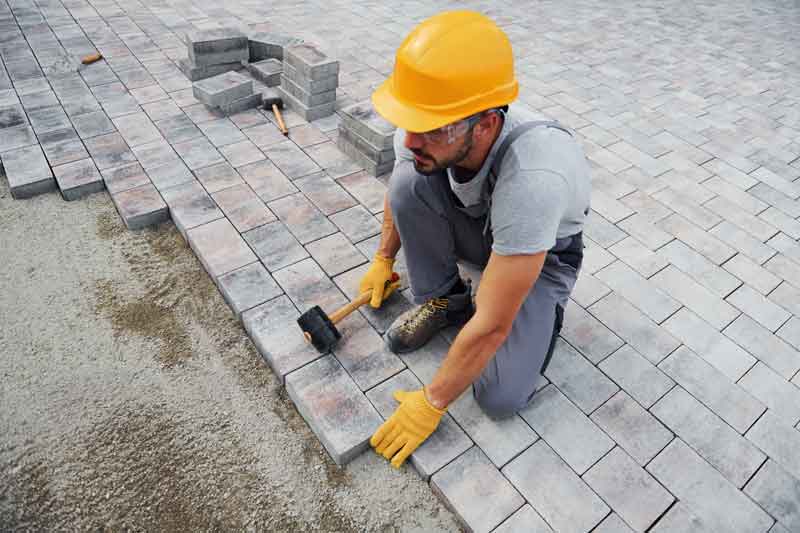
At AquiPor, we’re hard at work developing our technology to meet the standards necessary for each and every one of these applications. What else haven’t we thought of?! Get in touch with us and let us know!
AquiPor was featured in Inhabitant magazine:
These upcycled bricks filter pollution from rainwater runoff
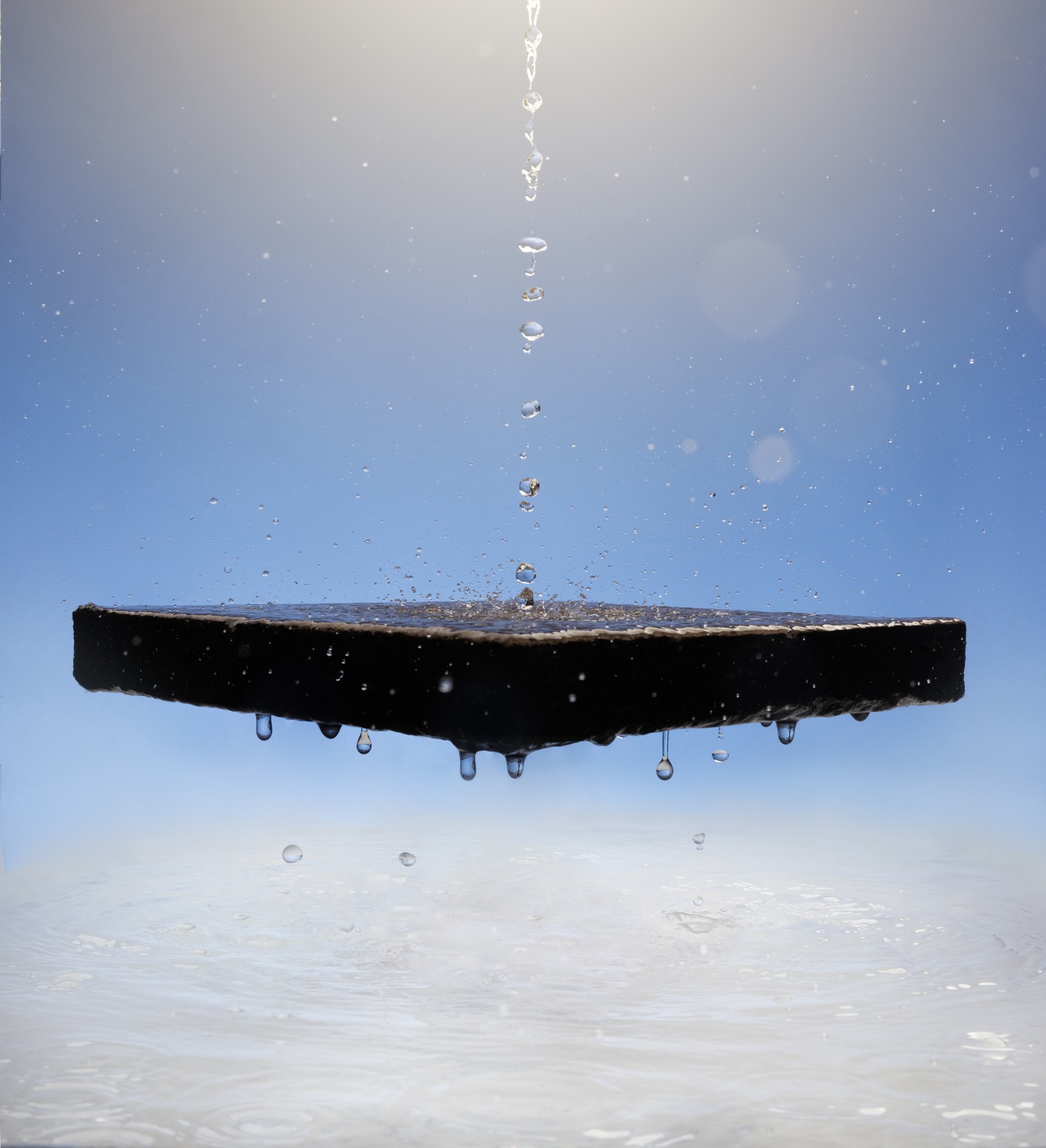
`Urban flooding from changing weather patterns is becoming more and more noticeable with each season. A startup called AquiPor has created a material that not only manages stormwater naturally, but also takes a fraction of the carbon to produce compared with standard concrete. AquiPort’s concrete-like material6 is highly permeable, allowing high volumes of rainwater to flow through it. This gets stormwater back into the ground naturally, reducing the threat of our cities flooding, while also filtering out pollutants. And given the colossal carbon footprint of concrete – 8% of global emissions come from the cement industry7 – the company’s paving the way for a greener urban landscape
Click Here to read the whole story
